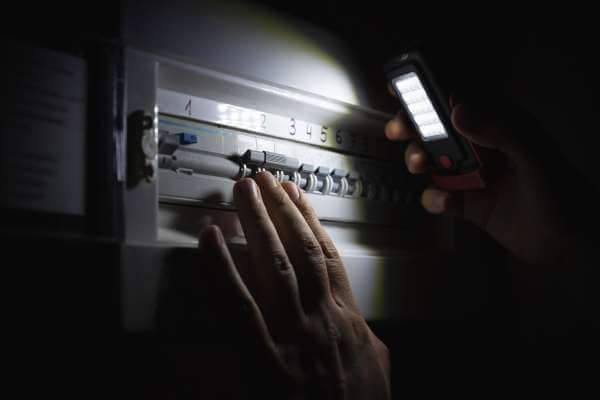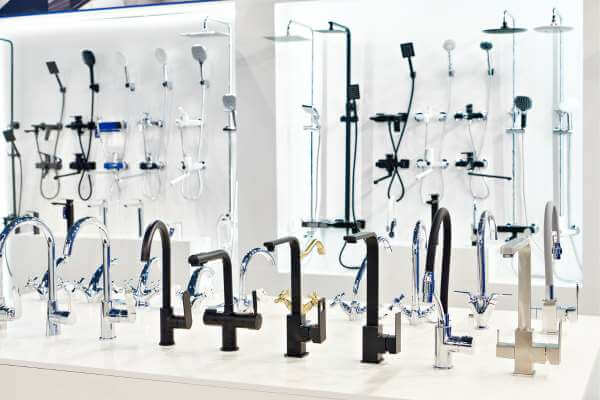Touchless faucets are becoming more popular in homes and public places, as they offer convenience, hygiene, and water conservation benefits. But what happens when the power goes out? Do touchless faucets still work, or are you left without water? In this article, we will explore how touchless faucets work, what types of power sources they use, and how to deal with power outages.
How Touchless Faucets Work
Touchless faucets, also known as automatic or sensor faucets, use a motion sensor to detect the presence of your hands and turn the water on or off accordingly. The sensor is usually located near the base of the spout of the faucet, and it emits an infrared beam that reflects off your hands. When the sensor detects the reflection, it sends a signal to a solenoid valve, which controls the flow of water. The solenoid valve is either open or closed, depending on the signal from the sensor.
Types of Power Sources for Touchless Faucets
Touchless faucets require electricity to operate, but they can use different types of power sources, such as batteries, plug-in adapters, or hardwired connections. Each type has its advantages and disadvantages, depending on the installation, maintenance, and reliability factors.
- Battery-powered faucets: These faucets use batteries, usually AA or C size, to power the sensor and the solenoid valve. The batteries are typically located in a compartment under the sink, and they need to be replaced periodically, depending on the usage and the quality of the batteries. The advantage of battery-powered faucets is that they are easy to install and do not require an outlet or a wiring connection. The disadvantage is that they can run out of power unexpectedly, and you need to keep spare batteries on hand.
- Plug-in faucets: These use a plug-in adapter to connect the faucet to a standard wall outlet. The adapter converts the AC power from the outlet to DC power for the faucet. The advantage of plug-in faucets is that they do not need battery replacement and they are relatively easy to install. The disadvantage is that they require a GFCI outlet near the sink, which may not be available or convenient. They also depend on the power supply from the outlet, which can be affected by power outages or surges.
- Hardwired faucets: These faucets use a hardwired connection to the electrical system of the building. A professional electrician usually does the connection, and it involves running wires from the faucet to a junction box or a transformer. The advantage of hardwired faucets is that they are the most reliable and durable, as they do not need batteries or outlets. The disadvantage is that they are the most expensive and difficult to install, and they may require permits or inspections.
How to Deal with Power Outages

Power outages can affect the functionality of touchless faucets, depending on the type of power source they use. Here are some tips on how to deal with power outages for each type of faucet:
- Battery-powered faucets: If your faucet uses batteries, you can still use it during a power outage, as long as the batteries have enough charge. However, if the batteries are low or dead, you will not be able to use the faucet until you replace them. To prevent this, you should check the battery level regularly, and keep spare batteries on hand. Some faucets have a low-battery indicator, such as a flashing light or a beep, to alert you when the batteries need to be changed.
- Plug-in faucets: If your faucet uses a plug-in adapter, you will not be able to use it during a power outage, unless you have a backup generator or a battery backup system. To prevent this, you should consider installing a GFCI outlet with a battery backup, which can provide power to the faucet for a limited time during a power outage. Alternatively, you can use a portable power bank or an inverter to power the faucet temporarily.
- Hardwired faucets: If your faucet uses a hardwired connection, you will not be able to use it during a power outage, unless you have a backup generator or a battery backup system. To prevent this, you should consider installing a transformer with a battery backup, which can provide power to the faucet for a limited time during a power outage. Alternatively, you can use a portable power bank or an inverter to power the faucet temporarily.
Conclusion
Touchless faucets are a great way to enhance your kitchen or bathroom, but they can also pose some challenges when the power goes out. Depending on the type of power source they use, you may need to take some precautions to ensure that you can still use your faucet during a power outage. By understanding how touchless faucets work, what types of power sources they use, and how to deal with power outages, you can enjoy the benefits of touchless faucets without worrying about the drawbacks.


 Hi, my name is Debra Klein and I love modern kitchen designs! As a product reviewer, it’s my mission to help homeowners choose the right modern kitchen accessories for their homes. I want to give them the best solution possible so they can make the best decision for their needs. Thanks for reading!
Hi, my name is Debra Klein and I love modern kitchen designs! As a product reviewer, it’s my mission to help homeowners choose the right modern kitchen accessories for their homes. I want to give them the best solution possible so they can make the best decision for their needs. Thanks for reading!




